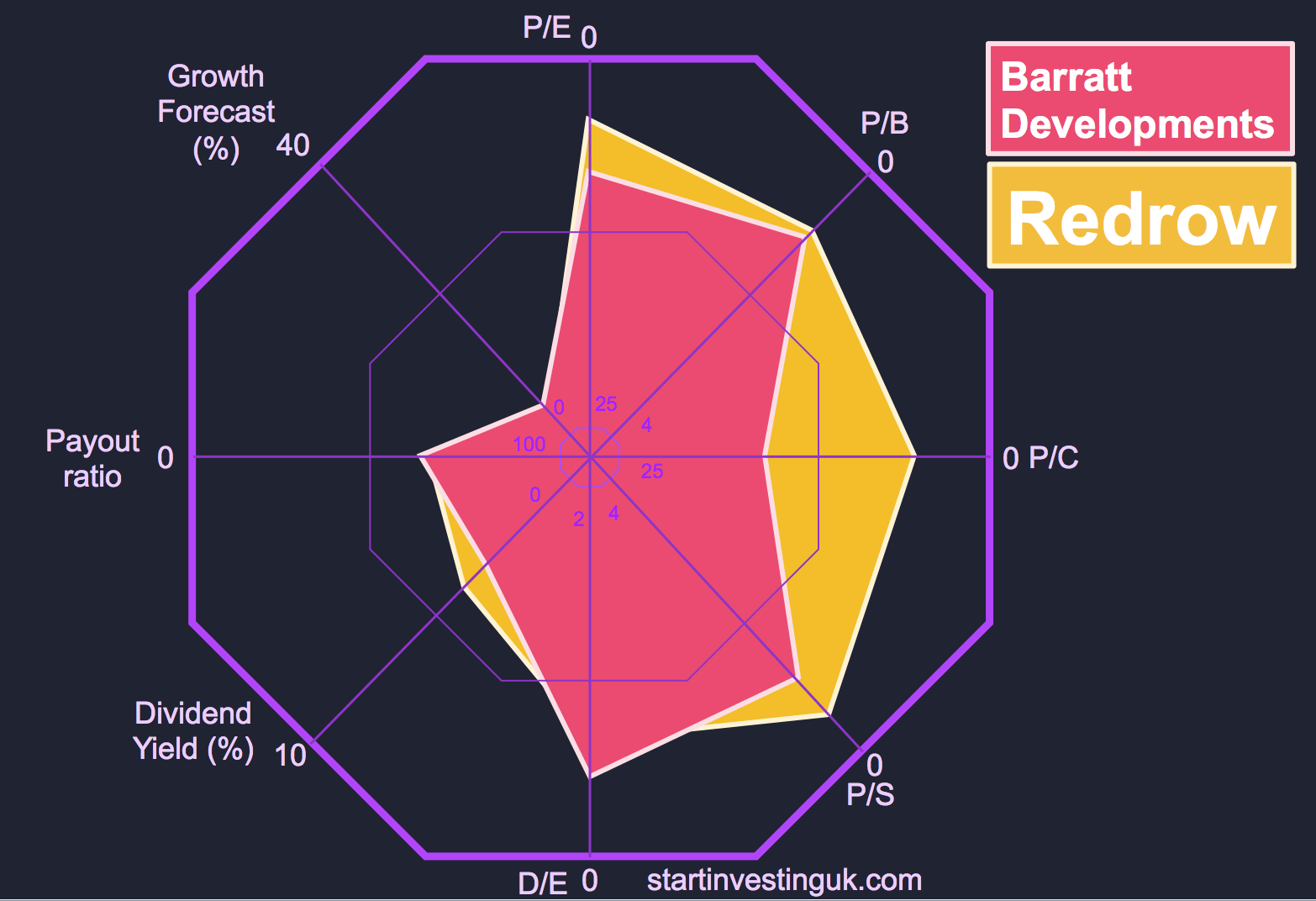Understanding Dividends
Hi investors / soon-to-be investors,
For this month's blog post, I thought that I would cover a topic that relates to one of our favourite aspects of investing in the stock market and owning stocks and shares. We love it so much in fact that it's one of the cornerstones of our value investing strategy.
This month's topic:
Dividends ; what are they and why are they so important?
I used the book: 'The Financial Times Guide to Investing: The Definitive Companion to Investment and the Financial Markets' as a resource for this post. If you want to read more, you can purchase it here.
First, let's cast our minds back to our first blog post in August 2018. There, we learned that when you buy shares in a company, you can profit in one of two ways:
1. The share price of the company increases.
2. The company shares some of the profit it has generated to the shareholders on a regular basis. These payments are referred to as 'dividends'.
Dividends are effectively a type of profit share, and many companies (though not all) offer these to their shareholders. These dividend payments are usually made every 3, 6 or 12 months.
Importantly, these dividend payments are not directly dictated by the 'ups and downs' of the stock market. In other words, companies that pay a dividend will do so even if the price of the company stock decreases .
For this very reason, all of our monthly stock picks pay a dividend .
Why do dividends exist?
Historically, dividends were paid by companies who were able to pay off their debt by being profitable year-on-year.
Now, the companies could use their profits in one of four ways:
1. Keep the cash in the bank to build up their 'liquid asset' reserve (not a very profitable solution at all)
2. Reinvest the profits back into the company to further grow and expand the global reach / service offerings (this can require a great deal of strategic planning)
3. Buy back shares in the company (purchasing shares from shareholders, and re-acquiring ownership of a portion of the company that was previously publicly-owned)
4. Paying dividends to investors (making regular payments to their loyal shareholders)
As value investors, we seek out companies who choose to use part of their profit to reward those willing to invest their hard-earned cash.
In the past, dividend-paying companies have been referred to as 'stable', 'non-volatile', and 'will not be subject to huge swings in share price', making them 'ideal for mature people approaching retirement'.
We are here to quash this myth, for two very good reasons:
a. Just because a company pays a dividend, does not mean that it is a sound investment.
b. Strong and stable dividend-paying companies are perfect for young people to invest in due to the wonders of DRIP and compound interest.
Dividend ReInvestment Plans (or DRIPs) are simple but very effective. Upon payment of a cash dividend by a company, investors can automatically reinvest this payment into the corporation by purchasing additional, commission-free shares.
The wonders of compound interest will be laid bare in next month's blog post. Watch this space...
Our Monthly Stock Picks and Dividends
All of our eleven monthly stock picks selected so far in 2018 are dividend-paying companies. This is effectively a 'deal breaker' for us when we screen for stocks each month.
"No dividend? No deal!"
(Not the catchiest slogan but we're working on it!)
We believe that a good balance of share price growth and dividend payments are the key to successful investing. This is why buying undervalued stocks which pay a dividend is at the heart of our Inherent Value Index (IVI) calculations.
We're due to announce our December stock pick over the first weekend of December (Saturday 1st / Sunday 2nd). To find out which company we'll be investing in, subscribe here for free.
In summary, dividends are great for all investors, but for value investors, they are essential.
Happy investing!
Matt











